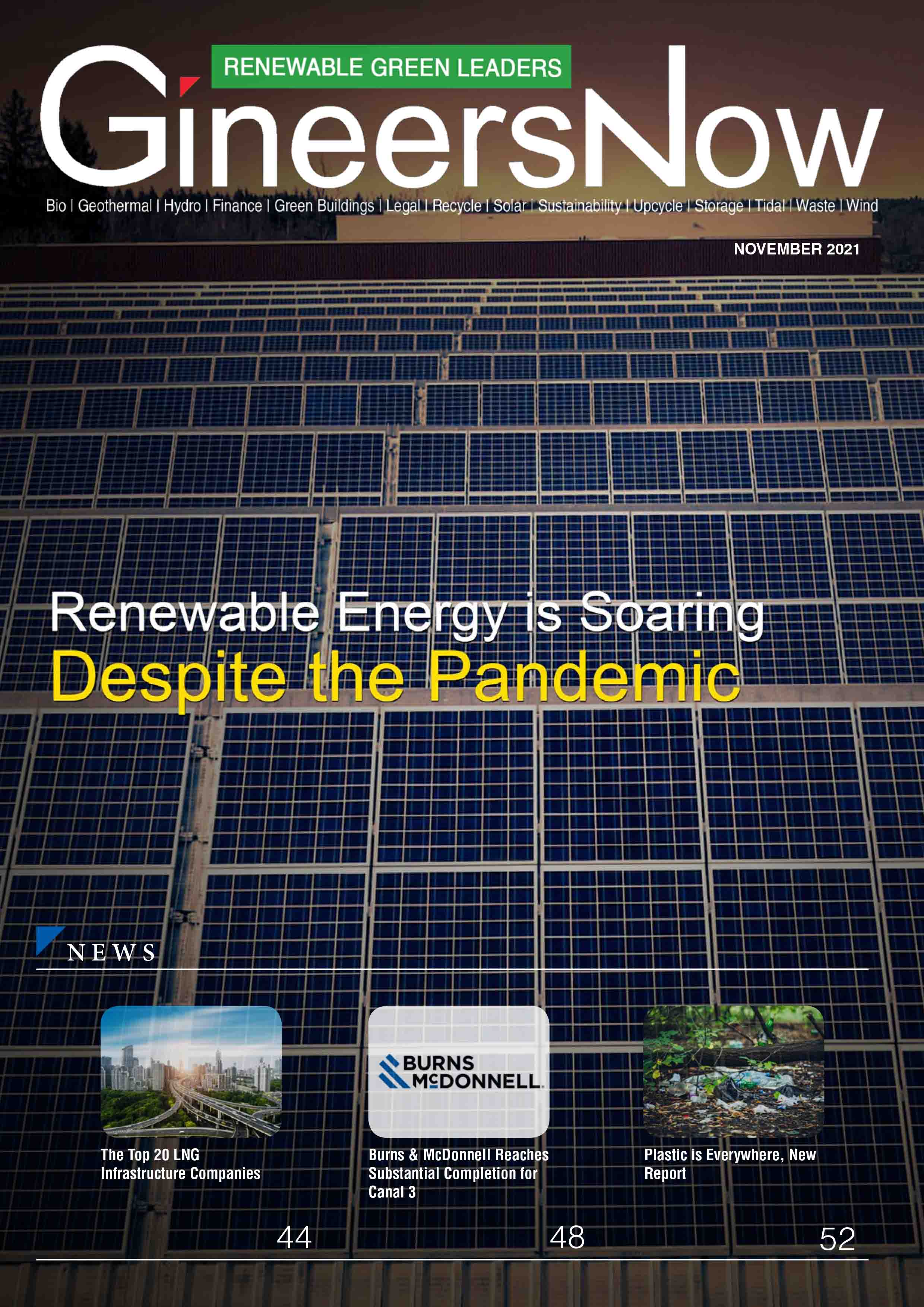Renewable Energy is Soaring Despite the Pandemic
The drop in energy consumption was widespread around the world. Over 95% of the nations included in the study saw a decrease in energy usage.
The United States, India, and Russia all provided the most significant yearly reductions in energy usage. China was an exception, increasing energy consumption by 2.1 percent in 2019. That was still much less than its average annual growth rate of 3.8 percent over the preceding decade.
Global primary energy usage decreased by 4.5 percent last year, the biggest yearly decrease since 1945. Around three-quarters of the decrease was attributed to oil, since the pandemic had a profound effect on the world’s transportation infrastructure. Consumption of coal, natural gas, and nuclear energy also decreased somewhat, while renewables and hydropower increased.
Despite the significant decrease in oil use, oil remained the dominant source of energy, accounting for 31.2 percent of total energy consumption. Coal (27.2 percent), natural gas (24.7 percent), hydropower (6.9 percent), renewables (5.7 percent), and nuclear power accounted for the rest of global energy consumption (4.3 percent ). In 2020, fossil fuels continued to account for 83.1 percent of global primary energy consumption.
It is worth noting that renewable energy consumption grew faster than total energy consumption in 2020, owing to the decrease in overall energy consumption. Wind (50.6 percent) and solar (27.2 percent) accounted for the majority of consumption in the Renewable Energy category. China surpassed the United States as the world’s largest user of renewable energy in 2018 and has continued to grow its dominance. Not only does China lead the world in total renewable energy consumption, but its growth rate over the last decade much outpaces that of the other Top 10 nations.
In turn, carbon dioxide emissions worldwide decreased by 6.3 percent in 2020. As with energy use, this was the biggest decrease since 1945, returning yearly emissions to 2011 levels. However, as the report noted, the rate of decline in carbon emissions last year was comparable to the average annual rate the world needs to achieve the Paris Agreement’s goals over the next 30 years.
Click below to read the magazine
Click here to download the magazine
Click here to read on Yumpu

















